Porcelain and ceramics production in China reached its peak during the Qing Dynasty (1644-1911). During this period, Chinese potters developed new techniques for making porcelain and ceramics that were more sophisticated and colorful than anything that had come before. Qing Dynasty porcelain and ceramics are prized by collectors all over the world for their beauty, quality, and craftsmanship.
Early Qing Dynasty Ceramics
The early Qing Dynasty was a time of great transition for the Chinese ceramic industry. The Manchu conquest of China in 1644 had disrupted production and trade, and many of the kilns in Jingdezhen, the center of Chinese porcelain production, had been destroyed.
However, the Qing emperors were patrons of the arts, and they quickly took steps to revive the ceramic industry. In 1683, the Kangxi Emperor (1661-1722) reestablished the imperial kilns at Jingdezhen. Under the Kangxi Emperor’s patronage, the ceramic industry flourished.
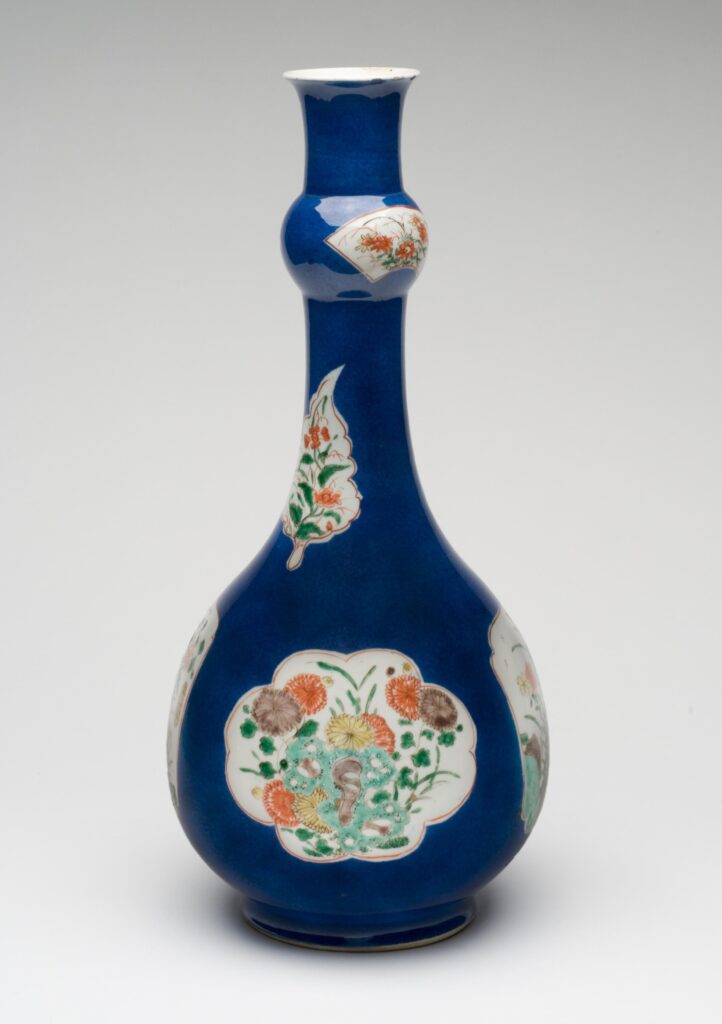
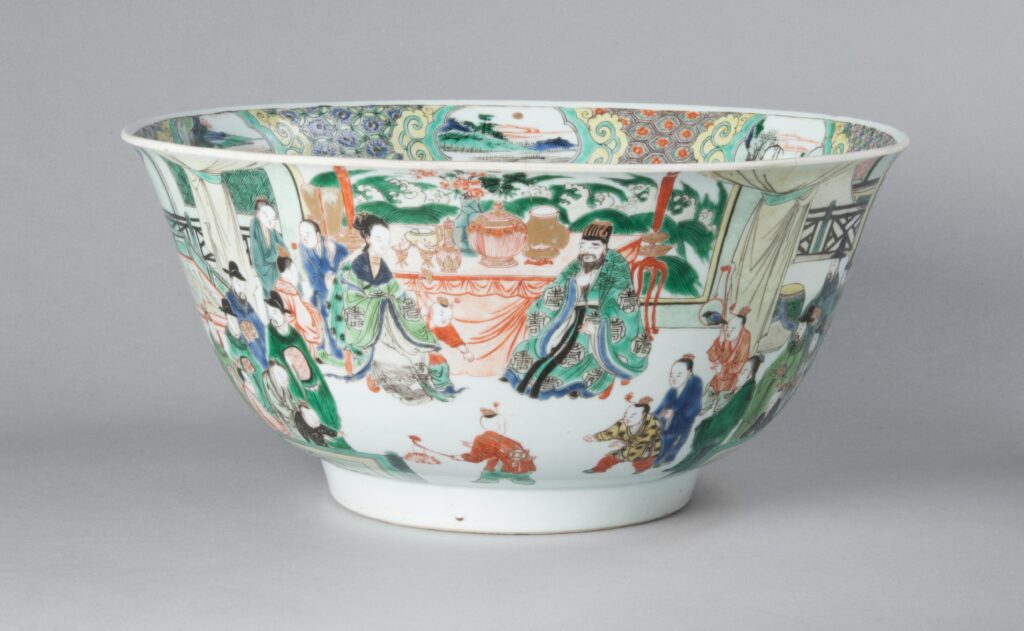
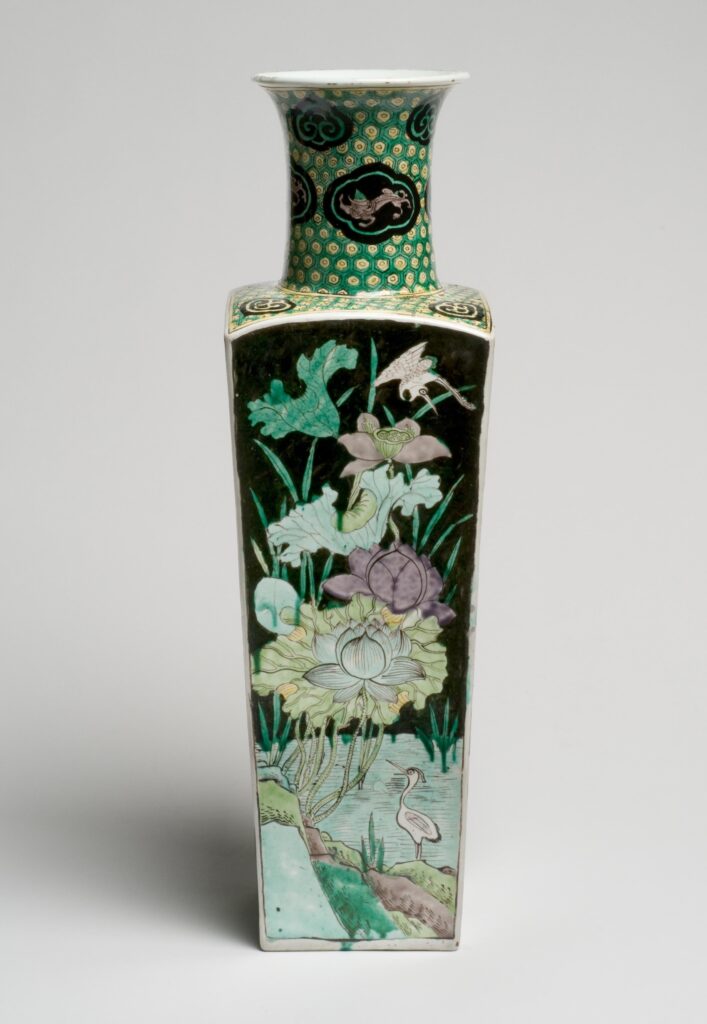
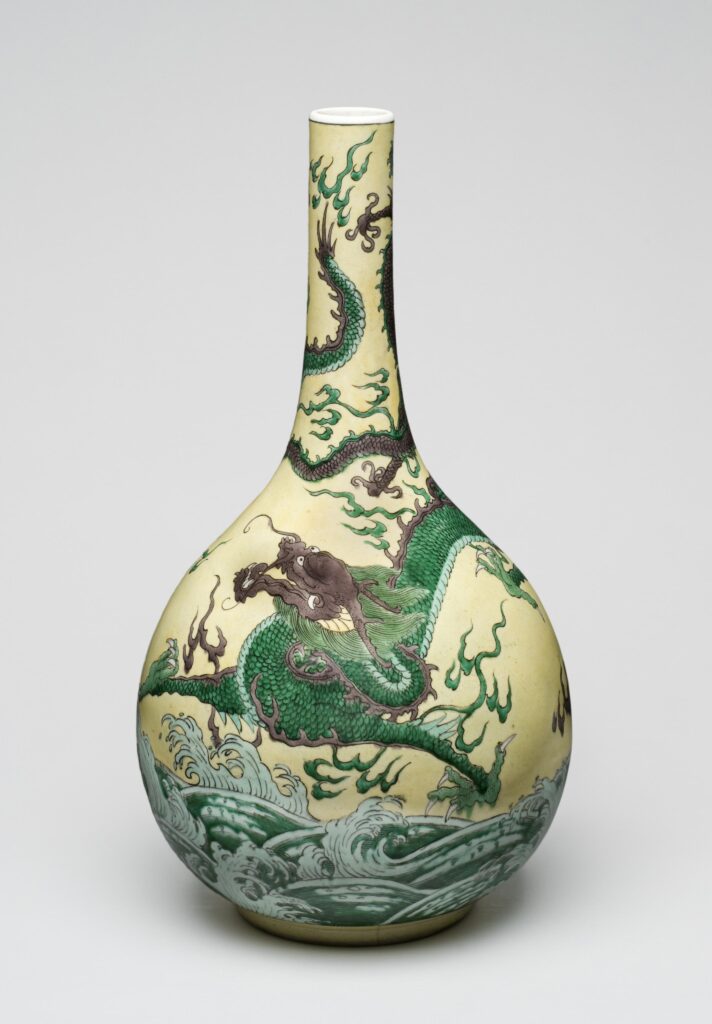
New techniques for making porcelain were developed during the Kangxi period, including the use of new glazes and pigments for enamels. Kangxi-era porcelain is known for its wide range of colors and designs, including blue-and-white, famille verte, and famille jaune.
Mid-Qing Dynasty Ceramics
The Yongzheng Emperor (1722-1735) and the Qianlong Emperor (1735-1796) were also patrons of the arts, and the ceramic industry continued to flourish during their reigns.
Yongzheng-era porcelain is known for its delicate and precise craftsmanship, as well as the introduction from Italy of pink enamel.
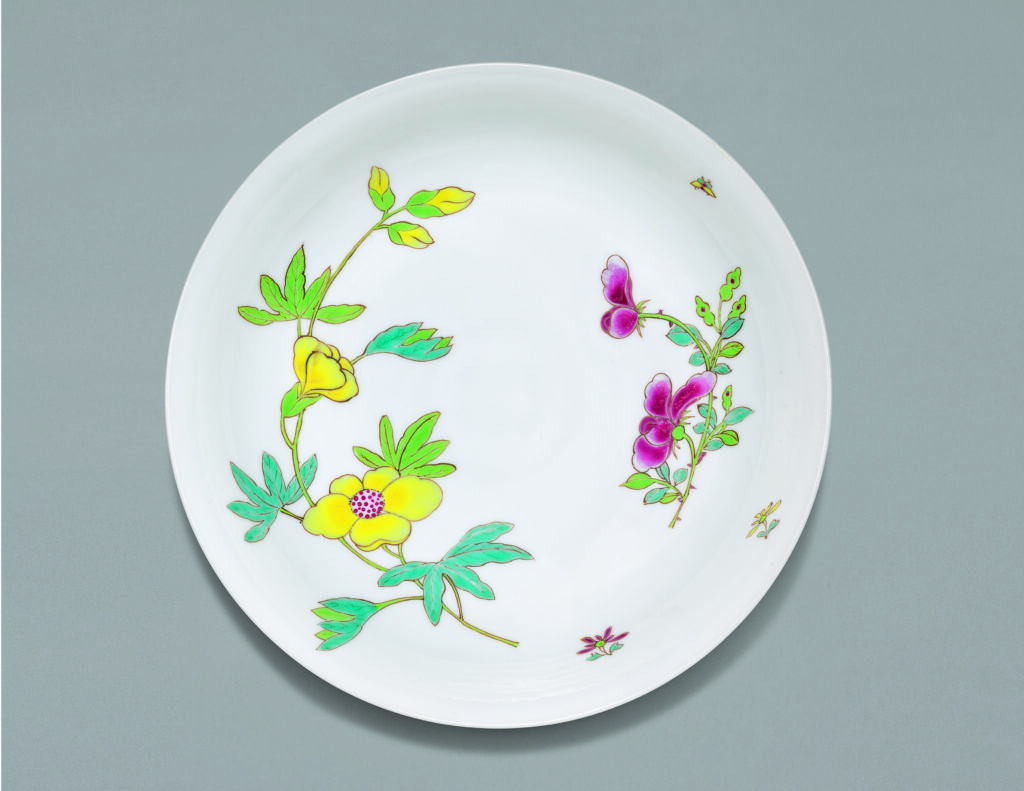
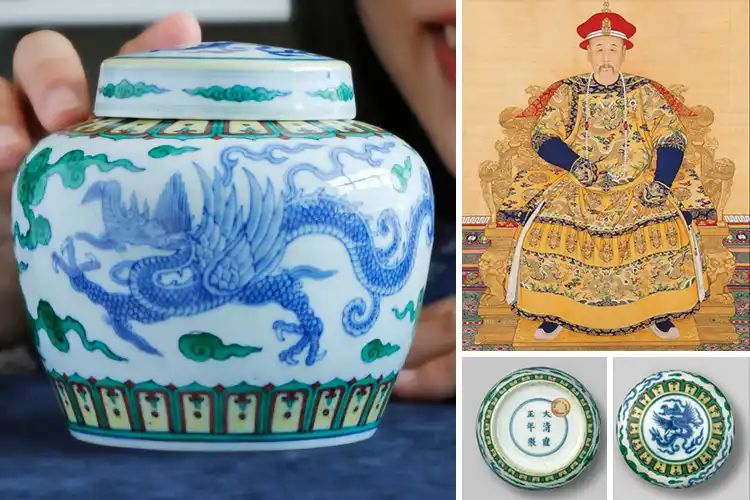
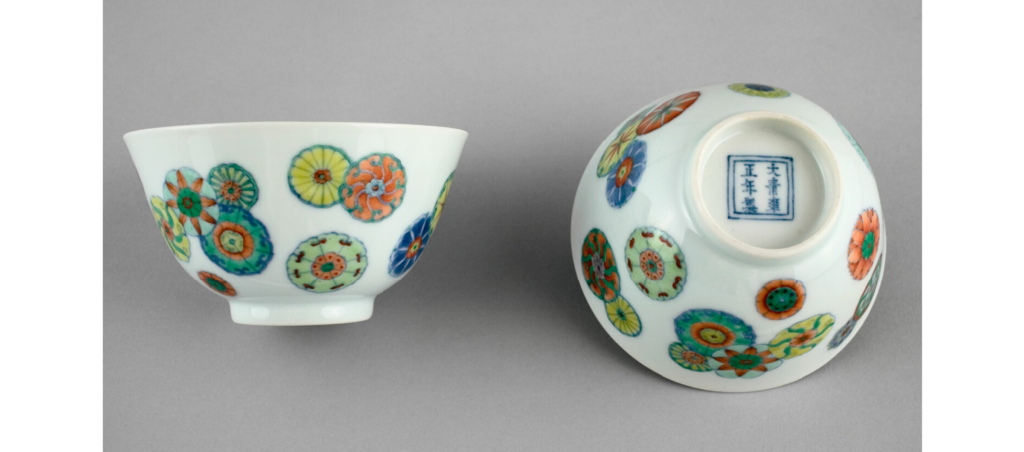
Qianlong-era porcelain is known for its wide range of styles and designs, including many that were inspired by European art. Some of the most expensive Chinese porcelian prcies have been obtained at auction for pieces made during the Qianlong reign.
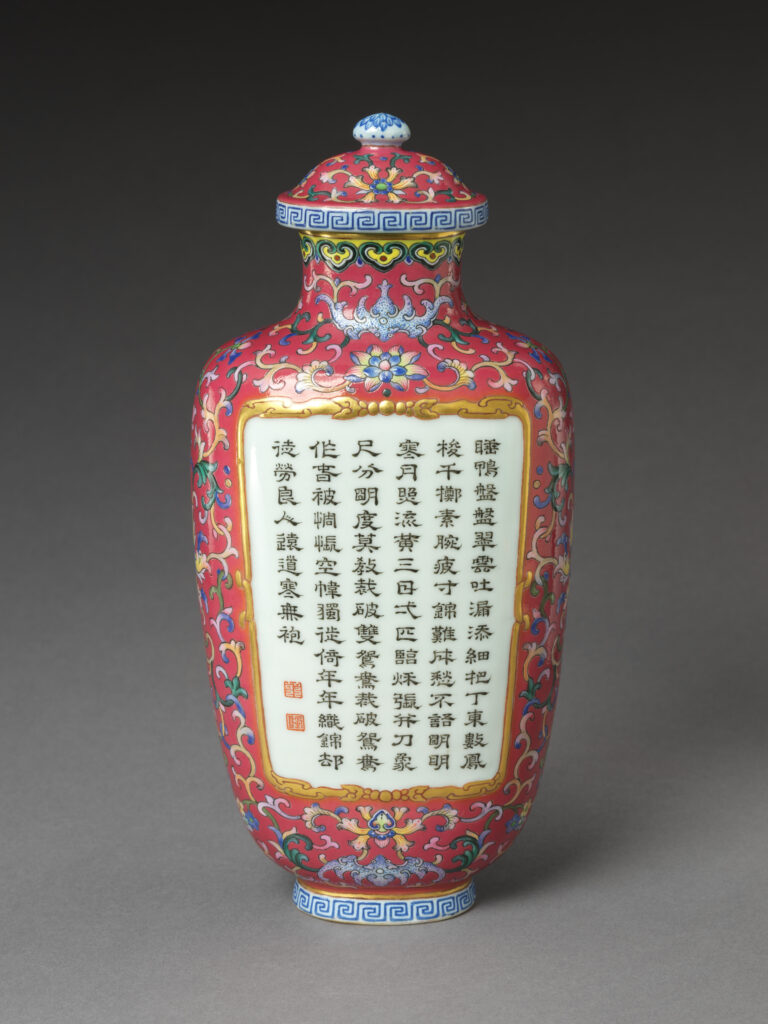
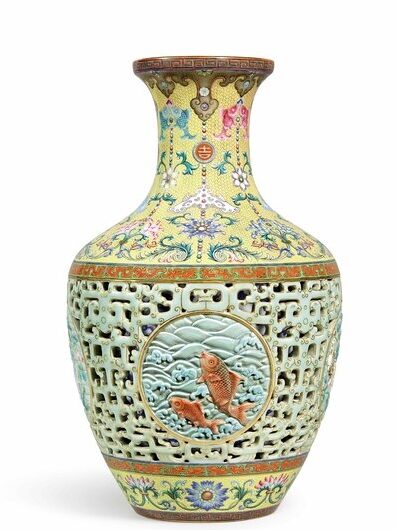
Late Qing Dynasty Ceramics
The quality of Chinese porcelain began to decline in the late Qing Dynasty. This was due to a number of factors, including the Taiping Rebellion (1850-1864), which caused widespread destruction and disruption to the economy.
However, even during the late Qing Dynasty, some high-quality porcelain was still produced. The most notable example is the Doucai porcelain produced during the reign of the Tongzhi Emperor (1861-1875). Doucai porcelain is decorated with overglaze enamels in five colors: red, yellow, green, blue, and black.
Types of Qing Dynasty Porcelain and Ceramics
There are many different types of Qing Dynasty porcelain and ceramics. Some of the most popular types include:
- Blue-and-white porcelain: Blue-and-white porcelain is decorated with a cobalt blue glaze on a white background. It is the most common type of Chinese export porcelain.
- Famille verte porcelain: Famille verte porcelain is decorated with a variety of overglaze enamels, including green, yellow, and blue. It is known for its floral and animal designs.
- Famille jaune porcelain: Famille jaune porcelain is decorated with a yellow overglaze enamel on a white background. It is often decorated with dragon and phoenix motifs.
- Doucai porcelain: Doucai porcelain is decorated with overglaze enamels in five colors: red, yellow, green, blue, and black. It is known for its delicate and precise craftsmanship.
- Eggshell porcelain: Eggshell porcelain is a type of very thin and delicate porcelain. It is often decorated with famille verte or famille jaune enamels.
Conclusion
The Qing Dynasty was a golden age for porcelain and ceramics production in China. Qing Dynasty potters developed new techniques for making porcelain and ceramics that were more sophisticated and beautiful than anything that had come before. Qing Dynasty porcelain and ceramics are prized by collectors all over the world for their beauty, quality, and craftsmanship.
Impact of Qing Dynasty Porcelain and Ceramics
Qing Dynasty porcelain and ceramics had a significant impact on the world. They were exported to all parts of the globe, and they helped to popularize Chinese culture around the world. Qing Dynasty porcelain and ceramics also had a significant impact on the development of European porcelain production.